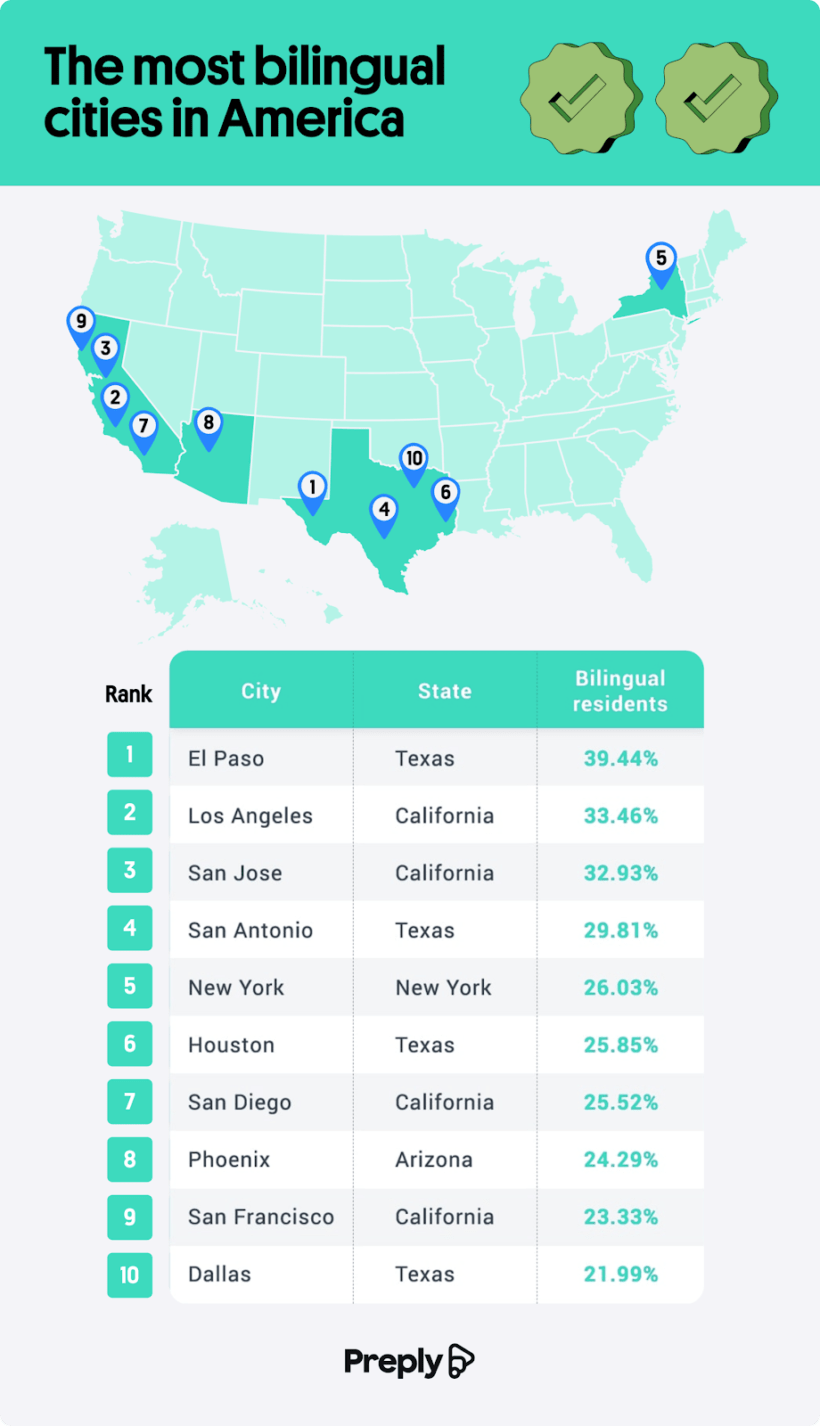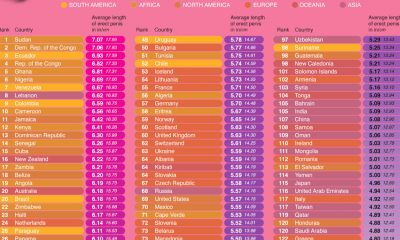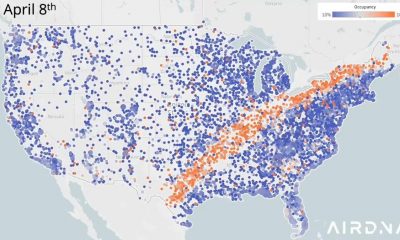Misc Visuals
The Ultimate Visual Guide to Boy Scout Patches and What They Mean
The Boy Scouts of America was established in 1910 – ever since, invaluable qualities such as integrity, courage, teamwork, and survival skills have been cultivated and challenged in the youths who join. Boy Scouts can earn a myriad of patches that represent their achievements, ranging from simple colored shoulder loops to indicate the level of scouting the Scout has reached to individual merit badges in skills such as swimming, first aid, environmental science, archery, communication, citizenship in the community, wood carving, and even family life! One thing I love about patches of all kinds is how they translate a broader concept into a small design, much like logos! The team at WizardPins.com has created this fantastic visual guide to Boy Scout patches and what they mean:
Click below to zoom
There are so many cool designs on here! I am especially fond of the Wood Carving, Camping, and Arrow of Light patches. There are over 135 merit badges that Scouts can earn. How are Boy Scout patches earned? For merit badges, a scout must complete requirements with their badge counselor that help demonstrate a skillful understanding of the badge’s subject. For example, in order to earn a Hiking merit badge, the Scout must take four 10-mile hikes and one 20-mile hike with written plans and follow-up reports. I am actually shocked that a 20-mile hike is necessary – that is a colossal challenge even for a well-seasoned adult! It even says that Scouts are permitted to stop for just one meal. Goodness gracious! Way to go, Boy Scouts.
Misc Visuals
Study Examines American Slang Trends and What Words We Want to Revive
Words that were once at the cutting edge of language and culture are quickly dumped into a bin of corny, outdated phrases that might get a chuckle if you use them in earnest. Slang is meant to reflect the times, but it’s also intended to express a feeling we don’t have other words for. Preply examined the ins and outs of slang culture in their new study that asked Americans their favorite slang terms, their slang use habits, and which words they would love to see make a comeback.
Click below to zoom.
Words that were once at the cutting edge of language and culture are quickly dumped into a bin of corny, outdated phrases that might get a chuckle if you use them in earnest. Slang is meant to reflect the times, but it’s also intended to express a feeling we don’t have other words for. Preply examined the ins and outs of slang culture in their new study that asked Americans their favorite slang terms, their slang use habits, and which words they would love to see make a comeback.
Words are ever-evolving, and sometimes retro slang makes a big comeback. For example, “cool” is a slang term we’ve used for decades, but there are also countless examples of slang that offer us another way to say “cool” without seeming cliché. It might surprise you to learn which phrases were the most popular choices to revive.
Here’s the list of top terms:
- Baloney
- Take a chill pill
- Bogus
- Cruisin’ for a bruisin’
- Groovy
- Spiffy
- Heebie-jeebies
- Gnarly
- Knuckle sandwich
- Rad
- Wassup?
- Chillax
- The bee’s knees
- Da bomb
- Mellow out
- Keep on truckin’
- Booyah!
- As if!
- Made in the shade
- Snafu
Over 50% of respondents chose those top three terms. Each term comes from a different decade, and “bogus” and “baloney” mean more or less the same thing. But bogus and baloney give a cheeky flair and a sense of outrage to the alternative, which is to say, “that’s absolute nonsense.” Slang usually sounds informal and adds another layer of emotion to what the speaker tries to express.
The respondents said that ‘90s slang was their favorite of all time, except for baby boomers, who all prefer slang from the 1960s. Interestingly, men preferred ‘70s slang and women preferred ‘90s slang. Gen X is the most nostalgic about slang from their childhood, which might account for the popularity of ‘90s and ‘80s slang.
Gen Z is most likely to use old slang as a joke or ironically. They’re also the quickest to flinch over outdated slang, and their slang changes quickly as it’s based on social media trends and memes that feel passe within a few weeks. Gen Z is also the most unfamiliar with older slang, with 80% having had to Google the meaning of a slang word from the past.
Slang captures who we are in cultural moments, whether we’re talking about the pre- or post-Internet age. Slang unites us with phrases that allow us to share humor, rebellion, or a sense of identity. The study shows fascinating patterns of language, too. We can say something is rad, lit, or fire, and they all generally mean the same thing (“cool”), but the people using those words are probably from different generations. People who feel nostalgia for slang are reminded of what they saw as a simpler past, or they yearn for the pop culture that spawned these phrases. Preply’s work is a true celebration of language and culture!
Words are ever-evolving, and sometimes retro slang makes a big comeback. For example, “cool” is a slang term we’ve used for decades, but there are also countless examples of slang that offer us another way to say “cool” without seeming cliché. It might surprise you to learn which phrases were the most popular choices to revive.
Here’s the list of top terms:
- Baloney
- Take a chill pill
- Bogus
- Cruisin’ for a bruisin’
- Groovy
- Spiffy
- Heebie-jeebies
- Gnarly
- Knuckle sandwich
- Rad
- Wassup?
- Chillax
- The bee’s knees
- Da bomb
- Mellow out
- Keep on truckin’
- Booyah!
- As if!
- Made in the shade
- Snafu
Over 50% of respondents chose those top three terms. Each term comes from a different decade, and “bogus” and “baloney” mean more or less the same thing. But bogus and baloney give a cheeky flair and a sense of outrage to the alternative, which is to say, “that’s absolute nonsense.” Slang usually sounds informal and adds another layer of emotion to what the speaker tries to express.
The respondents said that ‘90s slang was their favorite of all time, except for baby boomers, who all prefer slang from the 1960s. Interestingly, men preferred ‘70s slang and women preferred ‘90s slang. Gen X is the most nostalgic about slang from their childhood, which might account for the popularity of ‘90s and ‘80s slang.
Gen Z is most likely to use old slang as a joke or ironically. They’re also the quickest to flinch over outdated slang, and their slang changes quickly as it’s based on social media trends and memes that feel passe within a few weeks. Gen Z is also the most unfamiliar with older slang, with 80% having had to Google the meaning of a slang word from the past.
Slang captures who we are in cultural moments, whether we’re talking about the pre- or post-Internet age. Slang unites us with phrases that allow us to share humor, rebellion, or a sense of identity. The study shows fascinating patterns of language, too. We can say something is rad, lit, or fire, and they all generally mean the same thing (“cool”), but the people using those words are probably from different generations. People who feel nostalgia for slang are reminded of what they saw as a simpler past, or they yearn for the pop culture that spawned these phrases. Preply’s work is a true celebration of language and culture!
Misc Visuals
Exploring Every Movie With an El Camino Appearance
Film buffs and motorheads will be fascinated with this new chart from Speedway Motors that lists every single film appearance of Chevrolet’s El Camino. Since 1959, El Caminos have been a popular car choice for movie sets. They combine functionality with the style of a muscle car, giving it a cool, rugged, yet humble All-American look that makes it surprisingly versatile and suitable for many different film genres. We can see its versatility in this extensive list of hundreds of films that featured an El Camino. The team sorted appearances by year.
Click below to zoom.
The most commonly featured model is the 1978 El Camino, which has 96 film appearances, including Reservoir Dogs, Boyz n the Hood, and There’s Something About Mary. This was one of the bestselling models, featuring a newly smoothed-out chassis in a ‘70s style. The 1982 model is also very popular, with 84 film appearances across a range of genres. Some of the best-known film appearances include Boogie Nights, Straight Outta Compton, and Anchorman, which really demonstrate this model’s versatility. Another popular model is the 1973 El Camino, which features a boxier, late-1970s style appearance. This model is featured in 58 films, including Gremlins and Wall Street.
Models emphasizing a muscle car design are often chosen for car chase scenes. The 1968 El Camino boasts strong lines and a vintage, muscle car-inspired look. It is featured in 53 films, including chases in Steven Spielberg’s Duel and the classic movie Bullitt.
The El Camino shot right to the stars upon release. The original 1959 model has 24 film credits. The 1981 El Camino had a titular role in the Breaking Bad movie. Scrolling through the list, you’ll see that the El Camino is at home in spine-tingling thrillers, nostalgic dramas, action-packed, rough and ready flicks, and indie darlings.
This is the total number of films each El Camino model appears in:
• 1978 – 96 movies
• 1982 – 84 movies
• 1973 – 58 movies
• 1970 – 53 movies
• 1968 – 53 movies
• 1976 – 44 movies
• 1964 – 42 movies
• 1969 – 40 movies
• 1971 – 35 movies
• 1965 – 31 movies
• 1966 – 29 movies
• 1972 – 25 movies
• 1974 – 25 movies
• 1959 – 24 movies
• 1960 – 21 movies
• 1979 – 19 movies
• 1981 – 15 movies
• 1975 – 12 movies
• 1977 – 10 movies
• 1980 – 4 movies
• 1984 – 3 movies
• 1983 – 2 movies
• 1985 – 2 movies
• 1986 – 2 movies
• 1987 – 2 movies
• Unknown year – 2 movies
These lists are fascinating for film buffs who can analyze what appealed to directors and cinematographers for each model of El Camino. Intentional prop choices, like cars, really bring a film to life, and it seems the El Camino has the magic directors are after.
Charts
Map Shows the Most Bilingual Cities in America
The United States is home to a diverse array of cultures, ethnicities, and languages. It attracts visitors and immigrants from all around the world, so it’s easy to find people who can speak another language in addition to English. Census Bureau statistics show that 21% of Americans are bilingual. The team at Preply took a deep dive into this data by determining which cities have the most and least bilingual residents.
Click below to zoom.
 The team defined bilingual as people who report speaking both English and one additional language “very well,” which would mean functioning at a fluency level in two languages. They created two maps to show the results. According to the team’s data, these cities have the most bilingual people in America:
The team defined bilingual as people who report speaking both English and one additional language “very well,” which would mean functioning at a fluency level in two languages. They created two maps to show the results. According to the team’s data, these cities have the most bilingual people in America:
- El Paso, Texas
- Los Angeles, California
- San Jose, California
- San Antonio, Texas
- New York, New York
- Houston, Texas
- San Diego, California
- Phoenix, Arizona
- San Francisco, California
- Dallas, Texas
In El Paso, the majority of the population speaks Spanish, which has been the case since 1965. Seven out of ten residents speak a language other than English. El Paso is located very close to the Mexican border, resulting in a high presence of immigrants, visitors, and family ties with Mexico. The same is true in Los Angeles, where nearly half the population is of an ethnic group that speaks Spanish. Overall, the most common second language spoken in the U.S. is Spanish, although you’ll find a wide variety of languages across the country.
As for the least bilingual cities, the team found that these 10 cities take the top spots:
- Detroit, Michigan
- Indianapolis, Indiana
- Nashville, Tennessee
- Jacksonville, Florida
- Columbus, Ohio
- Washington, D.C.
- Charlotte, North Carolina
- Oklahoma City, Oklahoma
- Philadelphia, Pennsylvania
- Seattle, Washington
Detroit may have the fewest bilingual speakers due to its shrinking population. It’s difficult to have diversity of cultures and languages in a small population. As industries shift location, sometimes you see certain populations follow. Detroit is known for auto manufacturing, but that industry has shrunk considerably since the city’s heyday. These statistics suggest that economics can have an impact on bilingual populations.
After Spanish, common second languages include Asian languages like Mandarin or Korean. There are so many benefits to becoming bilingual. Beyond being useful in travel, it can help people in work and social situations. Approximately 43% of the world’s population is bilingual, with people from all over the world learning English online. If the team created a worldwide map of bilingual locations, they’d find that speaking two languages in daily life is common in Switzerland, where 42% of the population speaks two languages on a daily basis. In France, however, only 20% of the population speaks a language other than French. Typically, bilingual people can speak English and live in and around Paris.
Overall, the most widely spoken languages in the world are Chinese, English, and Spanish, making it beneficial for anyone to learn these languages. Bilingual people are known to be good listeners, and evidence suggests they’re more creative! It’s a valuable skill to employers, and it can improve your memory and attention span.
-

 Business Visualizations1 year ago
Business Visualizations1 year agoEverything Owned by Apple
-

 Business Visualizations1 year ago
Business Visualizations1 year agoAmerica’s Most Valuable Companies Ranked by Profit per Employee
-

 Business Visualizations9 months ago
Business Visualizations9 months agoThe Biggest Fortune 500 Company in Every State
-

 Business Visualizations7 months ago
Business Visualizations7 months agoThe Biggest Employers by Industry
-

 Maps2 years ago
Maps2 years agoPenis Lengths Around the World
-

 Business Visualizations2 years ago
Business Visualizations2 years agoAll The Brands Owned By PepsiCo
-

 Timelines2 years ago
Timelines2 years agoA History of the Oldest Flags in the World
-

 Business Visualizations2 years ago
Business Visualizations2 years agoNew Animated Map Shows Airbnb’s Fully Booked Cities Along the 2024 Eclipse Path of Totality



